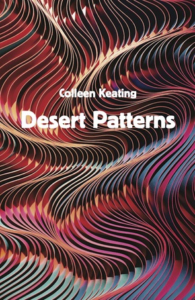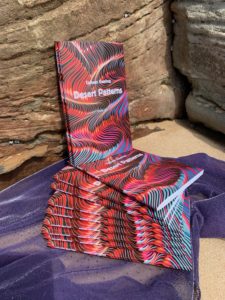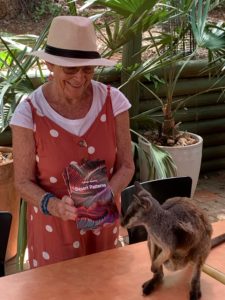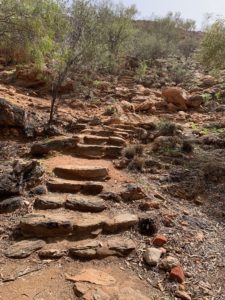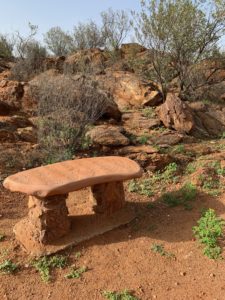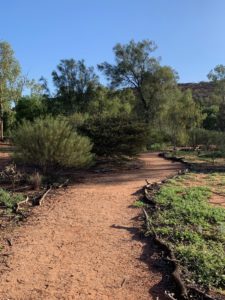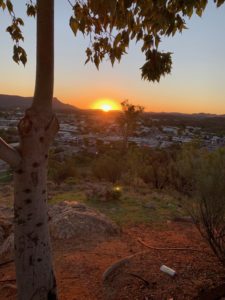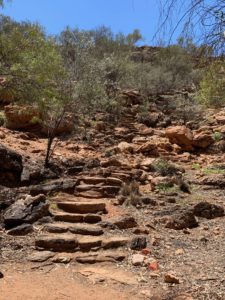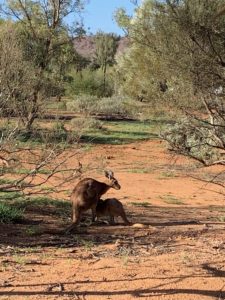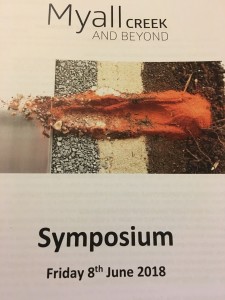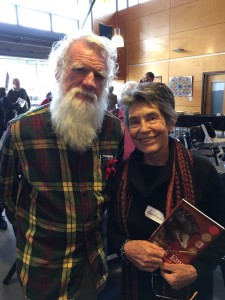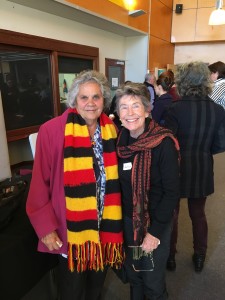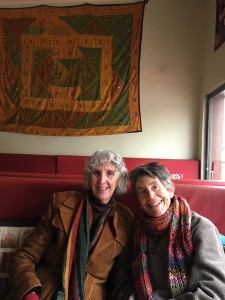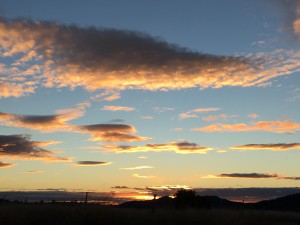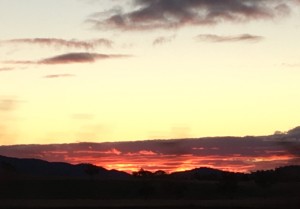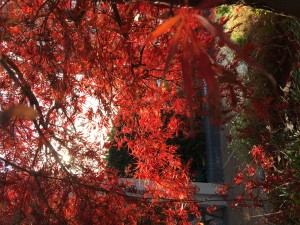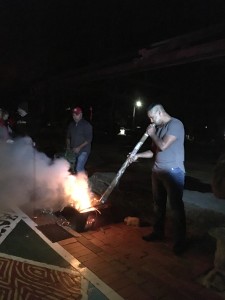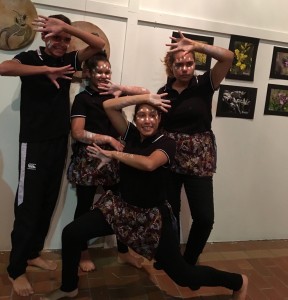“Walk as if we are kissing the earth with our feet” exhorts Thich Nhat Hanh
A summer storm blew up just when I was about to take a walk and I waited an hour. Little did I know in some parts of Sydney trees were downed and much damage had been done .
However It added to an interesting walk as the bush had experienced a wild storm. There was still a wail of wind in the upper echelons of trees. The forest world had been disturbed
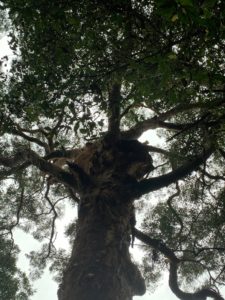
Leaves were blown wild and ripped twigs and brambles scattered the ground. Bark from the many eucalypts stripped fallen like a garment discarded forcefully.
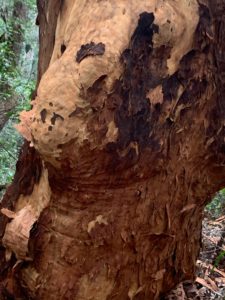
The light played through thunderers grey cloud with a sudden dazzle of breakthrough, lighting up small pockets of bush and then crowding over. It was an eerie feeling.
Yet the movement of walking slowly, brought back the rhythm of my mind in step with nature. Washed clean by the storm there was a new green and the sparks of rare sunlight threw another dimension onto the scene.
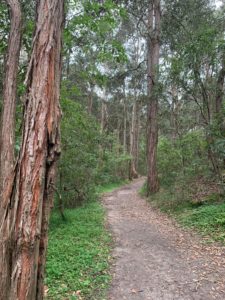
The forest floor was alive – the small world under my feet, writhing beyond sight, but the aroma was strong with roots, mycelia, decomposers, bacteria, protozoa, worms, grubs, beetles beyond counting, beyond knowing . . . the living and the dead brushing together to create their own symphony of sound and activity.
The small steps in evolution going on right before my eyes,
its own miracle. And the constant reminder we are not needed here.
Coloured algae rooting into the sandstone, fungi at work, soft moss and lichen covering the rocks in this rainy weather . maybe they will receed into grooves, nooks and crannies in the dry. Small ferns, bracken ferns breaking up the rock for soil for the tree ferns, palms, trees, and towering eucalypt – the evolving world of plants. All here for the , curious to observe the whole evolutionary plan before us.


it seems to me modern life is happening faster than the speed of thought, thoughtfulness. there is no time to ponder an event before the next one comes tumbling in and like an ocean wave drops it new story. So it is good to walk in kairos time rather than the every day khronological time.. . .well just for awhile.
As i came across a quiet corner the light briefly broke thru the clouds . i felt dizzy.
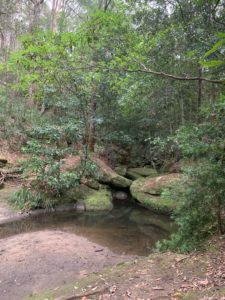
I found myself in two worlds. I was present here in the echoes of coolness but sensed a whole world around me
I had a foot in two worlds . . . there was chatter, laughing, mourning birthing. I realised this was an ancient popular indigenous place. I am prone to being in two worlds . Once arriving at Schofields to celebrate a new school opening, as I got out of the car and put my foot down onto the ground I was part of a massacre the thudding of the ground, the cries, the moans .The memory has never gone away. It made me quite sick as no massacre had been acknowledged there, at the time. I believe acknowledgement is better now.
Happier crossovers have been at Terramungamine Common where we camped many times outside Dubbo on the Macquarie river bank. Sitting there around a fire once I was aware of stamping, dusty feet and knew on another level we were not the first here and not alone. These were ponderous activities to be mingled with. And another in the bush at Marg’s old place . I found I was in a bora ring . It was happy too and was a good reminder of our ancestors before us. And of course at Myall Creek I smelt the burnt flesh once but at least I knew this was a documented event.
Not sure how I rambled onto this experience . The sense of two worlds was gone as quickly as it came and the heavy clouds dulled the forest world into an ominous and enchanting place to be.
A tiny bunny rabbit peeked up at me and then ran as fast was his little legs would go and I called after it . . . You stay well hidden or we will have signs up saying baits are set here . like in other places.
I disturbed a brush turkey courtship ,. . .the female waiting below and the male preparing the nest for the next stage. I sneaked past and apologised for the disturbance.
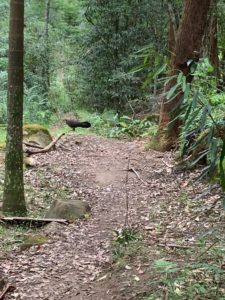
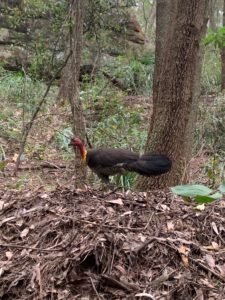
I knew I was well off the normal track as I was wandering to see if there was an easier way to get Michael to the hugging tree . (didn’t find it)
The forest holds such wonder and by going slowly to savour it I find much to be grateful for.

The intricate patterns of trees, the colours on rocks the pools and the circles I made by dropping in a pebble.
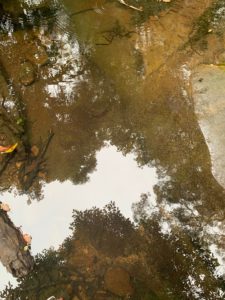
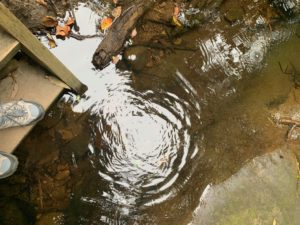
Having this time to stop and absorb my surroundings is a luxury I am grateful for.
It is my air pocket, my lifeline needed in the busy city of life with the crowed world of demands.


